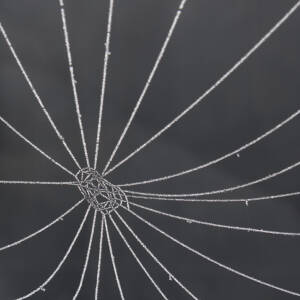Craft and graft
Thanks for all the comments, and the faves. Sorry I can't reply individually yet.
Warning - very long text
I've been going to bed and getting up very early so when breakfast started at 6.30 - served on the roof - I was up there in five layers drinking tea and watching the sun rise over the mountains. I kept my layers with me today for a boat trip on Lake Inle with a Shan guide, S. What a fascinating and very full day!
The traditional local boats are hollowed trunks of teak; the more modern ones, used in their hundreds for transporting goods and people to and from the villages that ring the lake, are a bit over a metre wide and about 30 metres long with powerful Chinese outboard motors. I went to the boatmakers' village and watched them brushing lacquer (a product of trees that grow further north) onto the joints between the teak planks to waterproof them. A boat without a motor costs $2,000. It takes five people a month to build. Teak is expensive. I did some sums, asked some questions and discovered that boatbuilders are paid $5 a day. Most tourists will happily pay at least that for a meal (though I am living much more frugally). Increasing tourism is going to have a major impact on traditional work.
Our boat driver took us, kicking up a hefty spray behind as these boats do, to the village where S's grandparents were weavers. I saw lotus thread being extracted from stems (it takes one person a day to extract 50g of thread so it is expensive even by tourist standards) then spun, as well as cotton, silk and lotus-thread weaving.
In another village, where I admired the dexterity of a young woman who makes 800 cheroots a day by hand, she offered me a go then laughed as I created something utterly unsmokable.
We went to a market selling copious amounts of local vegetables and fruit - this area exports food to a lot of the rest of the country - as well as lots of Chinese-made goods. And, scrabble players, locally-made das. In the plural unfortunately, since it's a waste of an 's'. (If you don't understand, don't worry: it's a kind of masonic thing but we're harmless.)
Nearby, just-harvested bamboo was being size-sorted for different uses - the framework and cladding for houses and, for those built over water, stilts; scaffolding; a huge variety of bridges; furniture... - then loaded onto the boats (one reason for them being so long).
S was all for taking me to a Buddhist temple, a monastery and some abandoned stupas but I told her that I'd much rather see the work that people do. So she took me to the silversmithing village where I watched silver being extracted from crushed stone and delicately worked into jewellery, and then to the umbrella-making village. The paper for the umbrella is made by hand from mulberry bark and waterproofed with persimmon juice and the frames are made from bamboo jointed with thread. I watched one maker decorate her umbrella with fresh flowers and leaves picked from the plant in a pot next to her. S was surprised when I said I thought these were Chinese umbrellas. She said that they have been made in Shan state (which borders China) for a very long time.
At what I thought was the end of a long day, S still thought I had made a mistake, and insisted on taking me to the pagoda, the monastery and the abandoned stupas. She was right - worth a visit, especially the eerie overgrown stupas crumbling into the undergrowth. They were all a boat journey apart and some up canals off the lake where the wash of the boats is causing serious erosion of the banks. We saw people standing in the canals dredging by hand and loading the silt onto boats as well as bamboo poles lining the banks to protect them.
On our way back we went through the floating gardens - bamboo mats on the water, tethered with bamboo poles through them, on which a small amount of silt has been placed for growing tomatoes, beans, squash... anything except root vegetables. They are fertilised with waterweed and people tend and harvest the crops from boats.

Comments
Sign in or get an account to comment.


